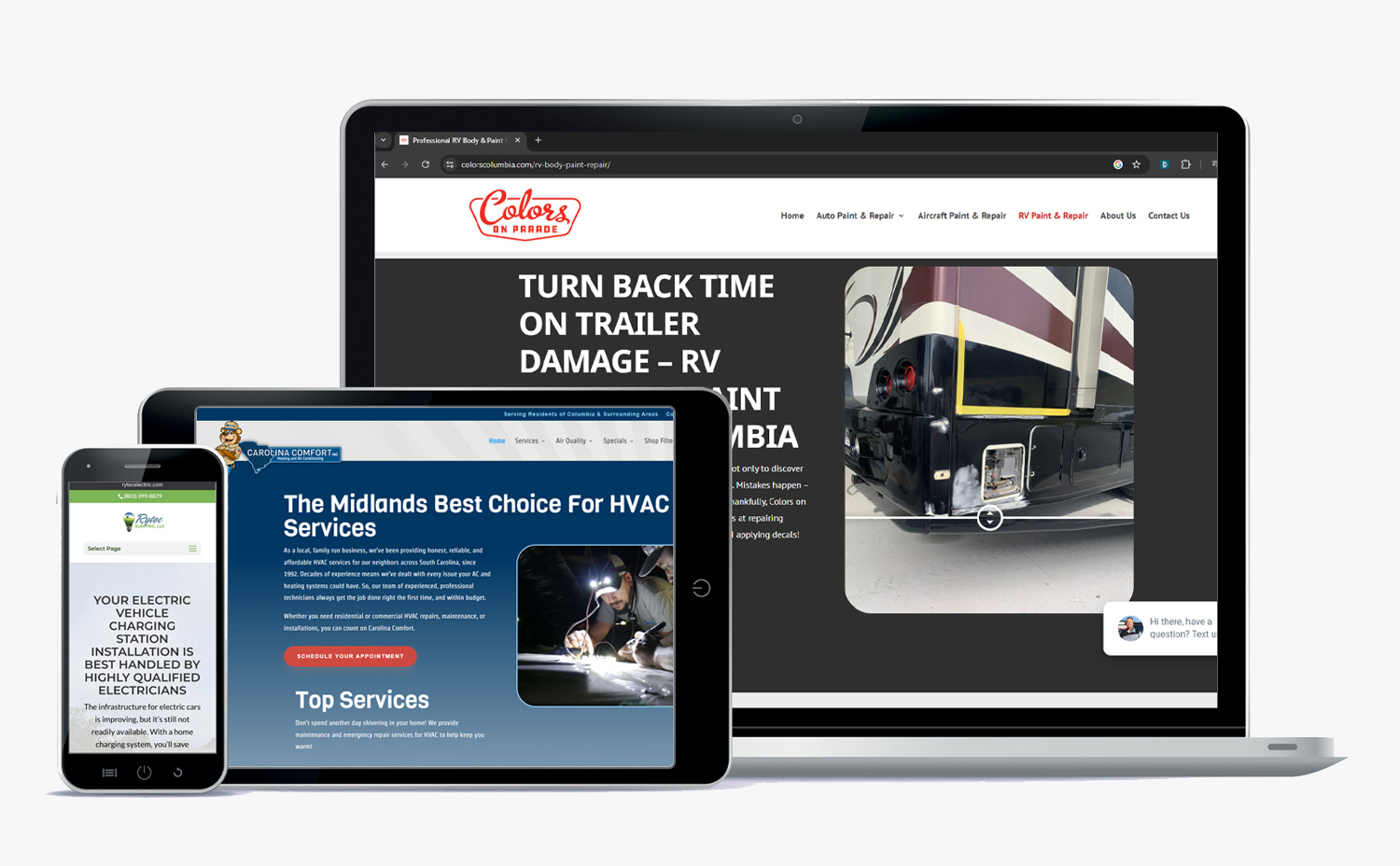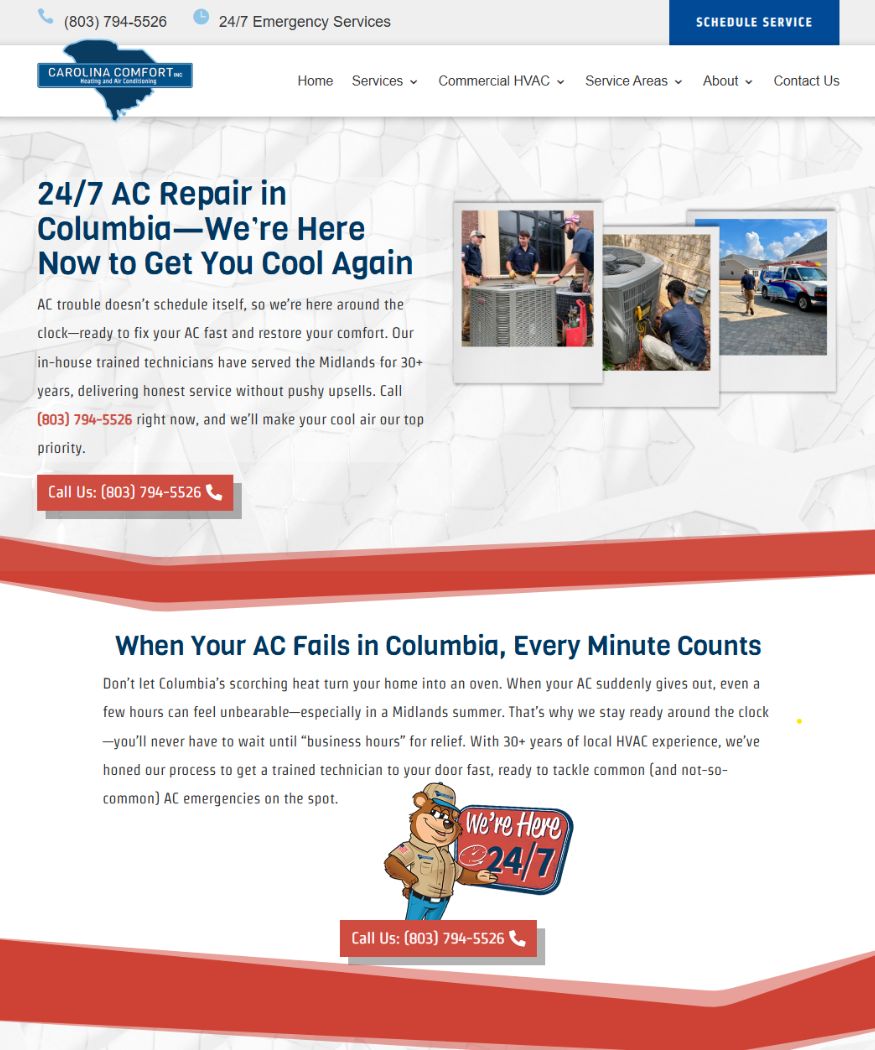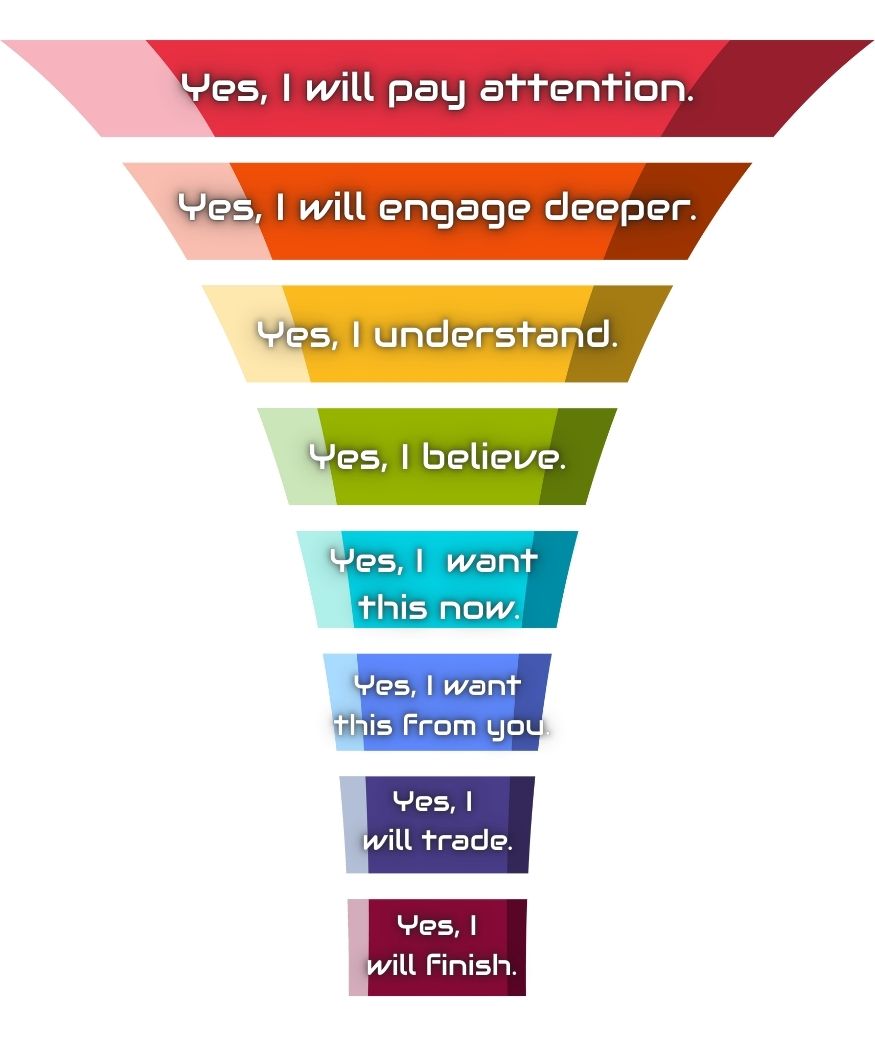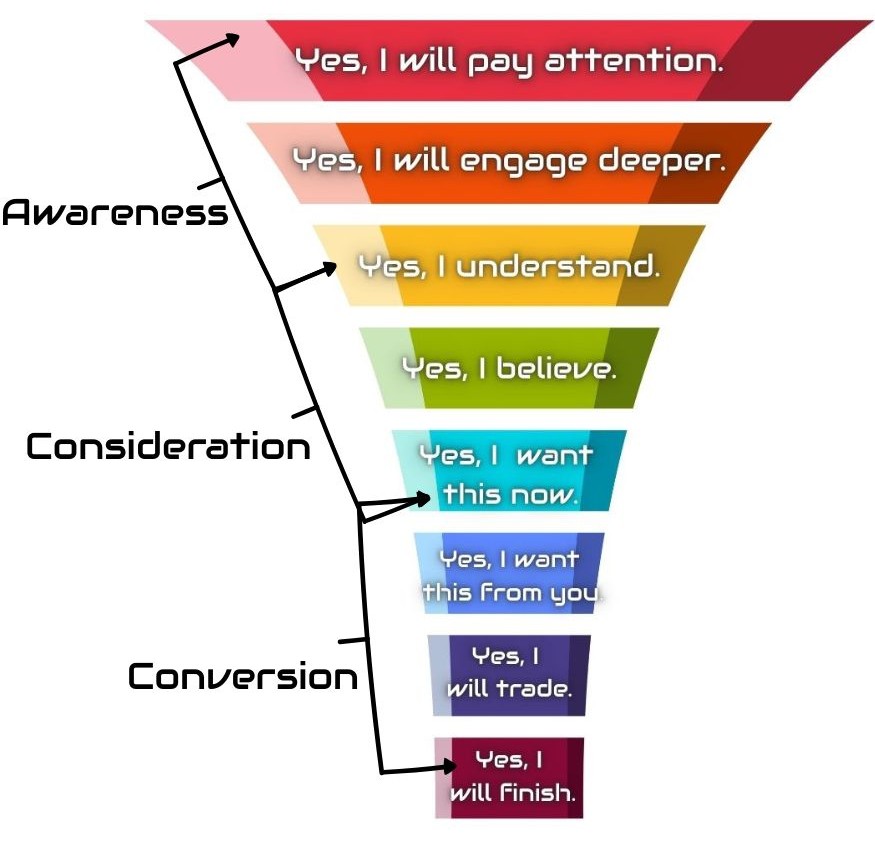Why Your Home Service Business Still Needs a Website in 2025
Imagine having an employee who works 24/7, never takes a day off, and consistently brings you new business. It sounds too good to be true, but in 2025 that “employee” already exists in your home service business: your website. For local contractors, landscapers, plumbers, electricians, and other home service providers, a professional website remains an absolutely essential asset. In fact, your website can easily be the hardest-working “employee” on your team—operating around the clock to generate leads, build your credibility, and support your entire marketing strategy. This no-nonsense guide will break down why having a great website in 2025 is still critical to success, and how you can make yours work like a top-performing salesperson who never sleeps.

Why Having a Website Still Matters in 2025
If you’re questioning whether a website is still necessary, consider how modern customers find and vet businesses. These days, virtually everyone turns to the internet first when they need a home service. In fact, about 98% of consumers use the internet to discover local businesses.
If a homeowner’s AC breaks or a pipe bursts, their first move is usually to grab their phone and search online for a solution.
Now imagine what happens if your business doesn’t have a website or has an outdated one. A whopping 62% of consumers won’t consider a business if they can’t find information about it online. They’ll likely move on to a competitor who has a professional online presence. Simply put, in 2025 no website means no visibility in the places your best customers are looking.
Beyond just being found, a website directly impacts your credibility and trustworthiness. Think about your own habits – would you trust a contractor who has no website, or whose site looks like it’s from 2005? Probably not. Studies back this up: 75% of consumers judge a company’s credibility based on its website design. A clean, modern website with helpful information signals that you’re a legitimate, professional operation. It reassures visitors that your business is real and that you take quality seriously. On the flip side, a poorly designed or nonexistent site can make potential customers doubt if you’re the right choice.
Your Website is a 24/7 Salesperson
Who Never Sleeps
One of the greatest advantages of a website is that it works around the clock. Your website is essentially a salesperson that never sleeps or takes a break. It’s there to answer questions, showcase your services, and capture leads at any hour—whether it’s 3 PM or 3 AM. For example, a potential client might be researching “emergency roof repair” late at night. If your roofing business has a well-optimized website, it can attract that visitor, provide the information they need, and encourage them to contact you right then and there. Meanwhile, you didn’t have to lift a finger; your site handled it while you were off the clock.
Unlike a human employee, your website can engage unlimited customers simultaneously. It doesn’t get tired or slow down after a long day. It presents the best first impression every time. This is why investing in a professional site pays off—it’s always on its A-game. We often say that a well-designed website is your hardest-working employee, because it’s consistently bringing in business 24/7 without ever asking for overtime.
Not all websites are equal in this role, of course. It takes a strategic, marketing-focused design to turn a site into a top performer. A WordPress website built by an experienced agency (like Cut Throat Marketing) is crafted to function like that star salesperson who never clocks out. It’s not just pretty to look at; it’s structured to guide visitors toward contacting you. Every element—from compelling headlines and service descriptions to contact forms and click-to-call buttons—is tuned to convert visitors into leads. With the right design and content, your site will effectively sell your services around the clock.

Own Your Digital Property –
Don’t Build on Rented Land
In the age of social media and aggregator platforms, you might wonder: “Can’t I just rely on a Facebook page or my Google Business Profile listing instead of a website?” Those platforms are important, but they shouldn’t be your only online presence. The reason is simple – you don’t fully control them. They can change algorithms, suspend accounts, or even go down unexpectedly, leaving you stranded.
Your website, on the other hand, is digital property that you own outright. It’s like owning your office or store versus renting it. When you own it, you control the environment. On your website, you decide what content to show, how to present your brand, and what path visitors take. There are no surprise rule changes dictating how you can interact with your audience. If tomorrow a social network’s policy changes or it loses popularity, your website will still be there as a stable hub for your business information.
Moreover, a website ties together all your other marketing channels. It’s the one place online where all roads should lead. Your social media profiles, online ads, and local listings can direct people to your site – a space where you set the rules and where you can capture leads with no middleman. By owning your site, you’re not at the mercy of a tech giant’s ecosystem. You have a direct line to your customers and prospects.
Guiding Visitors to “Yes”: Conversion Strategy and the 8 Micro-Yes Framework
Having a website is one thing; making sure it actually converts visitors into leads is another. A successful home service website doesn’t just sit online as a digital brochure – it actively guides your prospects toward contacting you. How? By strategically leading them through a series of small agreements or trust-building moments. This concept is often referred to as the “8 Micro-Yes” framework, coined by conversion expert Flint McGlaughlin. The idea is that before a visitor says the final “Yes, I’ll hire you” (by calling or submitting a contact form), they need to say a bunch of smaller “yeses” along the way.
Think of it like a customer journey on your site. First, “Yes, I will pay attention.” A clear headline or a striking image grabs their interest (micro-yes #1). Next, “Yes, I will engage deeper.” They start scrolling or clicking to learn more because your content speaks to their needs (#2). Then, “Yes, I understand what you offer.” Your site copy and visuals communicate your services clearly (#3). As they read further, they feel “Yes, I believe you can solve my problem.” Perhaps testimonials, reviews, or case studies on your site build credibility (#4).
They start wanting your service: “Yes, I want this now” (#5) and “Yes, I want this from you specifically” (#6) as you’ve shown what makes your company different (like your 5-star customer service or local expertise). Finally, your website makes it easy for them to take action: “Yes, I will trade my information or time” to contact you (#7), and “Yes, I will complete the process” by hitting that submit button or scheduling a call (#8).
By consciously designing your website around these micro-yes steps, you essentially create a guided sales funnel on your site. Every piece of content and every design element has a job: to get the visitor to the next “yes.” This is where a marketing-focused agency can make a huge difference. At Cut Throat Marketing, for instance, we design websites with this conversion journey in mind. We ensure that from the moment someone lands on your homepage to the moment they fill out a quote request, they’re met with persuasive messaging, useful information, and clear calls-to-action. It’s about smoothing the path to conversion so that your website isn’t just informative—it’s constantly turning visitors into high-quality leads.

The Website’s Role in Your
Full-Funnel Marketing Strategy
Another reason a website is indispensable is how it fits into your broader marketing strategy. Think of your marketing efforts as a funnel: at the top, you’re grabbing attention; in the middle, you’re nurturing interest; at the bottom, you’re converting a lead into a customer. Your website plays a critical role at every stage of this funnel.
- Top of Funnel (Awareness): Potential customers may discover you through Google searches (thanks to SEO), online ads, or social media. Almost always, the next step is that they click through to your website to learn more. If you’ve invested in SEO or pay-per-click ads, those efforts are wasted if they lead people to a weak site. A strong website ensures that the traffic you generate from marketing campaigns actually has a place to land and engage.
- Middle of Funnel (Consideration): Once visitors are on your site, they start evaluating whether you might be the right fit. Here, your website’s content has to educate and persuade. Service pages, project galleries, FAQs, pricing information, and blog articles all help prospects decide if your offering meets their needs. This content should align with whatever brought them in—if they clicked an ad about “affordable HVAC repair,” your site should immediately show them that you do offer reliable, cost-effective HVAC services, reinforcing their interest.
- Bottom of Funnel (Conversion): This is where those micro-yes moments we discussed come to fruition. A well-designed website makes it simple for someone who’s done their research to take the final step. Clear calls-to-action on every page (“Schedule a Service,” “Get a Free Quote,” etc.), easy-to-use contact or quote forms, and prominently displayed phone numbers or chat options all help convert an interested visitor into a booked appointment. At this stage, your website works hand-in-hand with your sales process – for example, automatically emailing a new lead, scheduling a consultation, or providing the info that convinces them to make that call.

Crucially, your website boosts the ROI of all your other marketing. When your site converts more visitors into customers, every dollar you spend on advertising or SEO yields more results (for example, a well-designed website has been shown to boost conversion rates by up to 200% compared to a poorly designed one). This is why Cut Throat Marketing takes a full-service approach. We know that driving traffic is only half the battle; the other half is turning that traffic into revenue. We focus on both sides of the equation. As a full-service marketing partner, we help you maximize your local impact by integrating your website with SEO, Google Business Profile optimization, paid ads, and social media outreach. The website sits at the center of this strategy – it’s the hub where all marketing roads lead, and where casual browsers turn into high-value leads. By boosting your site’s performance, we directly improve your marketing return on investment (ROI). In short, we aim to be your complete marketing solution, with a website that continuously feeds your sales pipeline.
Ready to Let Your Website Become Your Best Employee?
By now it’s clear: even in 2025, a well-crafted website is far more than just an online brochure – it’s a powerful, always-on asset driving your business forward. If your current site isn’t living up to this potential, or worse, if you don’t have a site at all, you’re leaving money on the table. The good news is you can fix that.
At Cut Throat Marketing, we specialize in turning ordinary websites into lead-generating machines for home service businesses. We build WordPress sites that not only look professional but also act as the hub of your entire marketing strategy – from SEO to social media to paid ads. Our team has a track record of helping local service companies just like yours dominate their market online.
Don’t let your toughest competitor be the one with a better website. Take action and invest in the digital “employee” that works 24/7 for your benefit. Invite your website to start pulling its weight – and see the difference in leads and sales. If you’re ready to make your website the hardest-working member of your team, we’re here to help. Schedule a free discovery call with Cut Throat Marketing to talk about your goals, and we’ll show you how a strategic website can accelerate your growth. Your future customers are out there searching online right now – let’s make sure they find you and love what they see.
